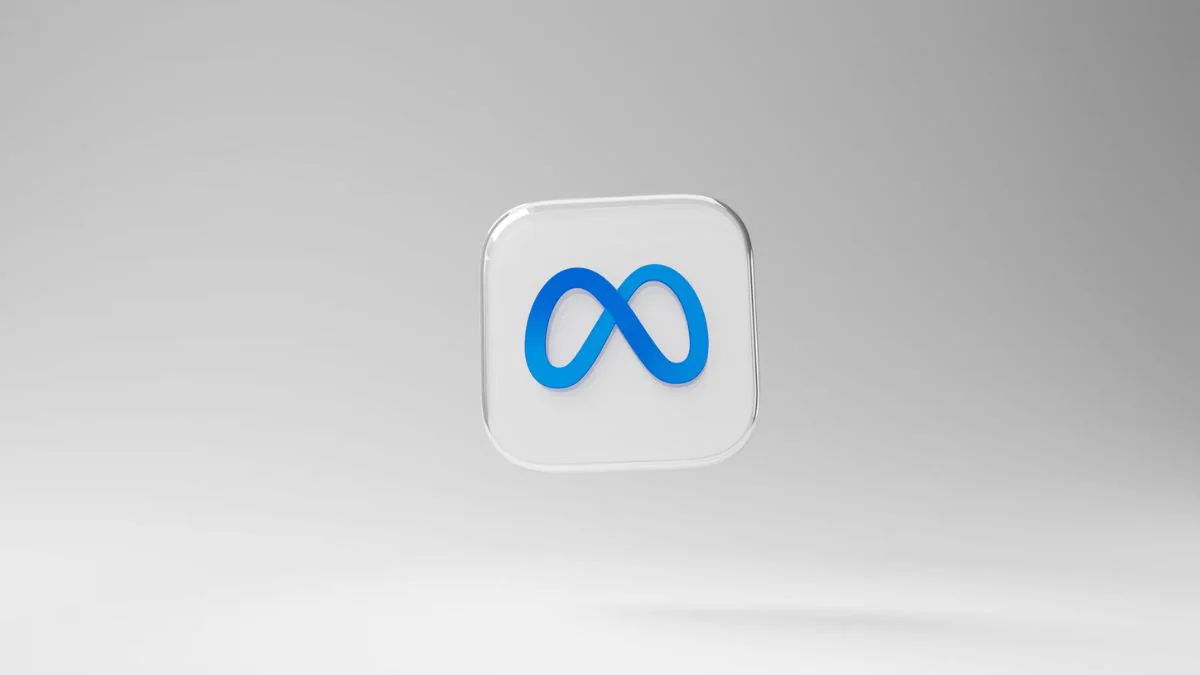In the age of generative AI, online misinformation has become an increasing concern, no thanks to the surge in misleading deepfakes splattered across social media. The Internet has been inundated with deepfakes so much that it has become difficult to distinguish between a deepfake and an original content, highlighting the dangers posed by generative AI.
A report by ID verification tool, Sumsub, said that the global number of deepfakes has skyrocketed, increasing fourfold between 2023 and 2024.
Deepfakes—which can range from sophisticated social engineering efforts to account takeovers and impersonations—accounted for seven percent of all fraud in 2024.
Read also: OpenAI’s text-to-video tool, Sora, is now publicly available
Introducing Meta Video Seal
Meta, on Wednesday, launched a tool to add undetectable watermarks to AI-generated video clips to significantly impact the battle against deepfakes. The Meta Video Seal tool, unveiled on Wednesday, is open source and designed to be combined with other programs. It joins Meta’s other watermarking tools, Audio Seal and Watermark Anything, which were re-released today under a permissive license.
Meta’s perspective on Video Seal
Pierre Fernandez, an AI research scientist at Meta, stated, “We created Video Seal to offer a more efficient video watermarking solution, especially for identifying AI-generated videos and preserving originality.”
Comparison with other technologies
Other technologies are similar to Video Seal. Microsoft has video watermarking techniques, and DeepMind’s SynthID can watermark videos.
However, Fernandez claims that a lot of current methods need to be improved. According to Fernandez, “There are other watermarking tools, but they are not robust enough to video compression, which is very common when sharing content through social platforms; they were not open or reproducible; they were derived from image watermarking, which is suboptimal for videos; or they were not efficient enough to run at scale.”
Technical capabilities of Video Seal
Video Seal can add a hidden message to videos in addition to a watermark, which can be discovered later to reveal the videos’ origins. According to Meta, Video Seal can withstand standard modifications like cropping and blurring, as well as well-known compression technologies.
Fernandez acknowledges that Video Seal has several drawbacks, chief among them the trade-off between the tool’s watermarks’ overall resistance to manipulation and their noticeableness. He added that extensive editing and heavy compression could change or make the watermarks unrecoverable.
Read also: OpenAI, Meta, and Orange to develop AI for African languages, starting with Wolof and Pulaar
Promoting industry adoption of Meta’s Video Seal
The main issue with Video Seal is that developers and the industry, especially those already utilising proprietary solutions, will only have a few incentives to adopt it.
To address that, Meta is hosting a watermarking workshop at ICLR, a significant AI conference, this year and releasing a public leaderboard called Meta Omni Seal Bench that compares the effectiveness of different watermarking techniques.
“We hope that more and more AI researchers and developers will incorporate watermarking in some way into their work,” Fernandez stated. “To advance the field more quickly, we wish to work with the academic and industry communities.”
















